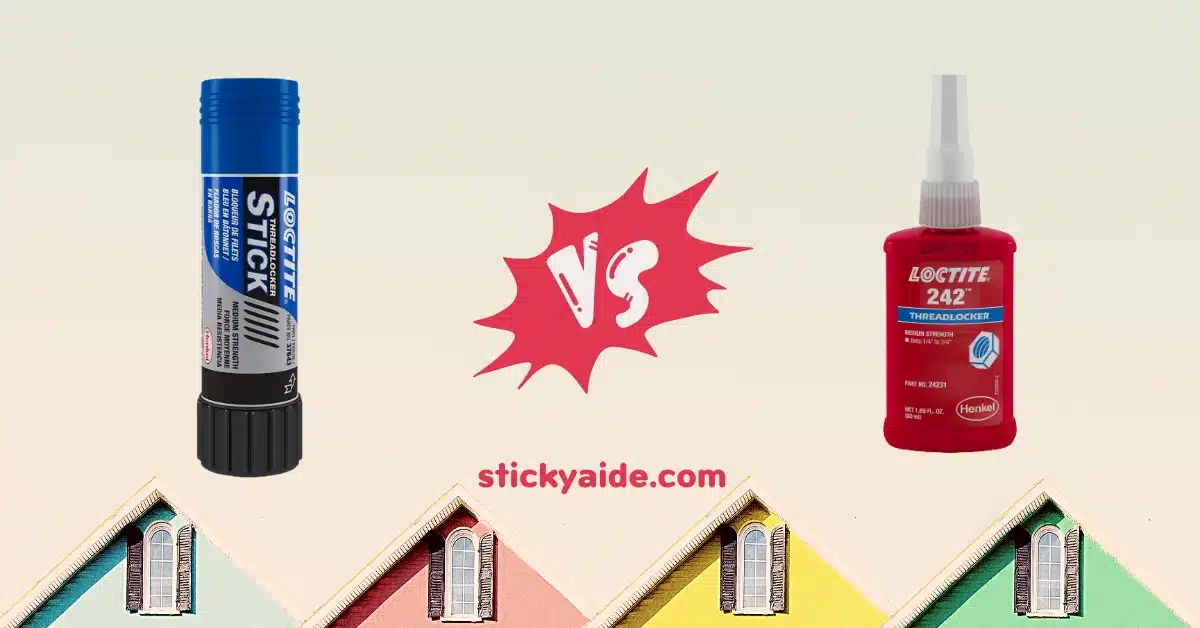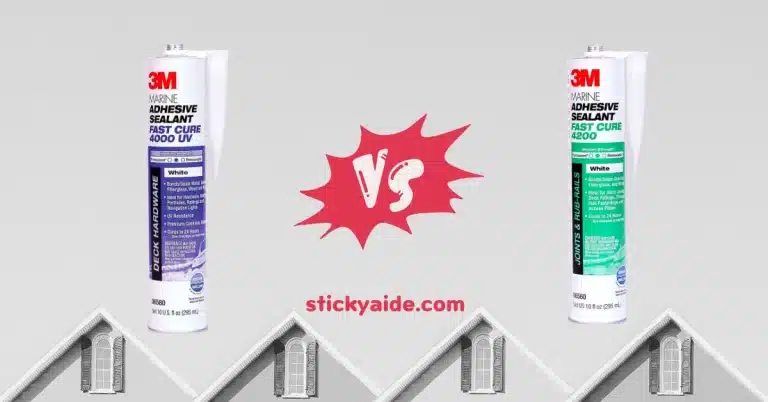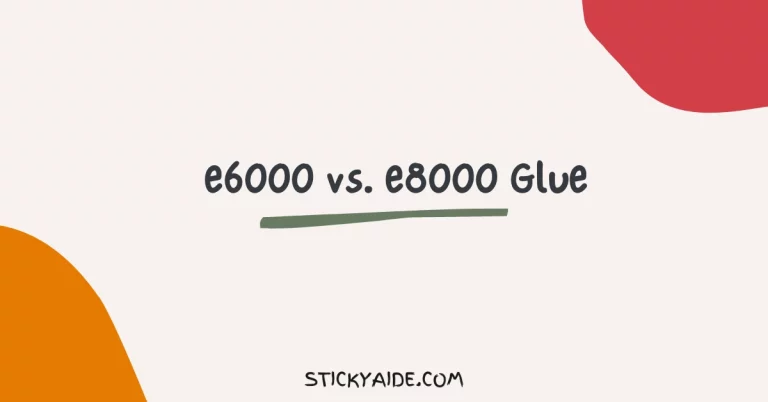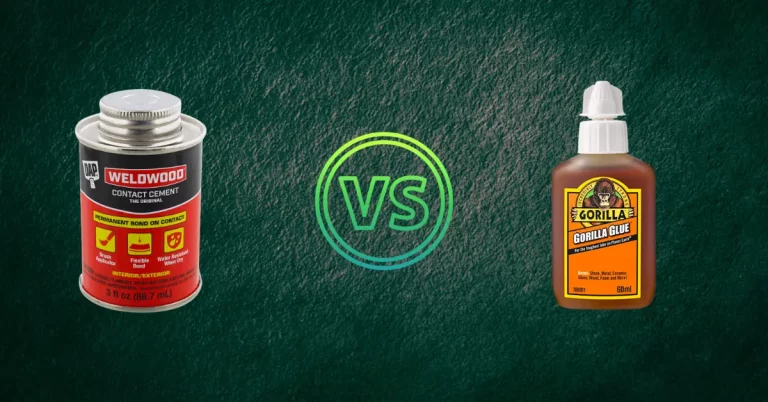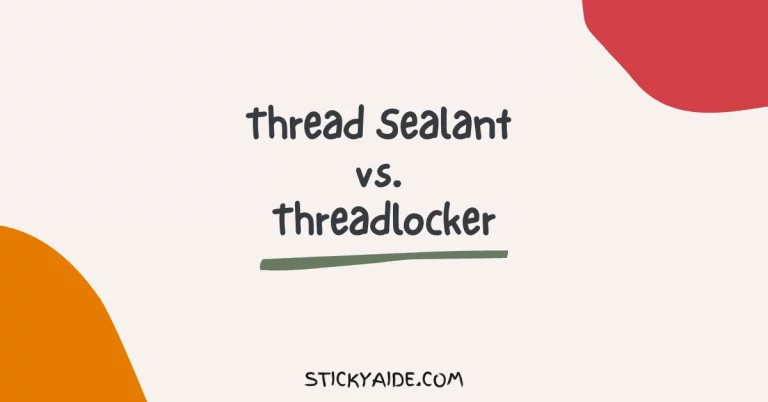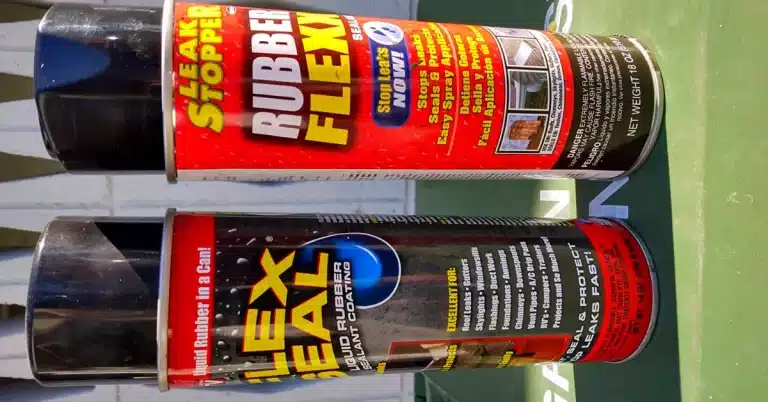Loctite is a well-known and widely popular brand in the world of adhesives and is known for making superior-quality adhesives. Loctite manufactures various types of glue, like threadlockers, sealants, instant adhesives, and more.
Loctite 248 and 242 are both medium strength threadlocker made by Locitite-Henkel and have many similarities and differences. So, in the battle between Loctite 248 vs. 242, which one should you side with and why? I’ll examine Loctite 242 and 248 in this article and review their features, specifications, and differences.
Read More: Loctite 380 vs. 480
Read More: Loctite 638 vs. 680
Loctite 248 vs. 242
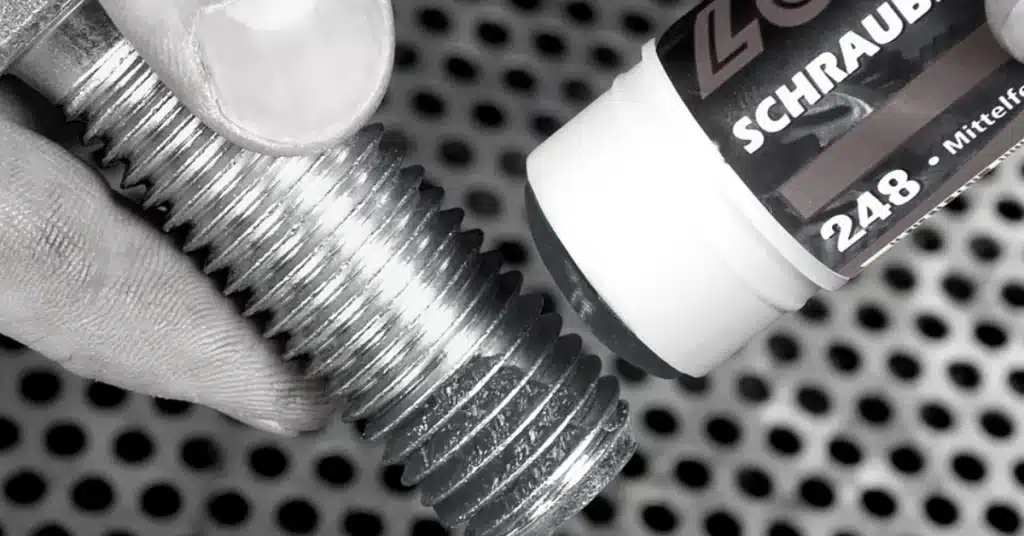
Loctite 248
Loctite 248 is a medium-strength threadlocker made by Loctite-Henkel that comes in Blue. The color of the Loctite threadlocker indicates the product’s strength and is a significant feature you should keep an eye on when purchasing Loctite threadlockers.
Loctite 248, being blue, means it has medium strength, and you can use it for parts and components you plan to disassemble in the future. Loctite 248 works on all metals and active substrates like brass or copper. Furthermore, the 248 works with passive substrates like – stainless steel or plated surfaces.
Loctite 248 forms a robust bond when completely cured, and you can use it for parts and components that go through constant motion or vibration. You can use the 248 for bolts and studs of your pumps or gearboxes without loosening because of vibration.
Furthermore, Loctite 248 is tolerant to contamination from industrial oils like – motor fluids, corrosion prevention fluids, or cutting fluids. Unlike many other Loctite threadlocker alternatives, Loctite 248 comes in a stick applicator.
The 248 comes in a semi-solid form similar to wax and can be especially suitable for components where a liquid product has the risk of being too fluid to stay in place.
Read More: Loctite 242 vs. 243
Read More: Loctite 248 Vs. 243
Loctite 242
Loctite 242 is a threadlocker for metal fasteners, bolts, studs, and nuts, which comes in Blue. Loctite 242, being blue-colored, means it’s a medium-strength threadlocker from Loctite-Henkel, and you can use it for components and parts you plan to disassemble in the future.
Loctite 242 works well with all metals and active substrates like brass or copper. Furthermore, you can also use the 242 with passive substrates like stainless steel or plated surfaces.
Loctite 242 forms a robust bond when it’s completely cured and prevents the loosening of parts due to vibration. You can use the 242 for parts and components that go through constant vibration so that you can use it for your gearboxes or pumps. Loctite 242 has medium viscosity and thixotropic, which prevents fluid migration after applying the 242.
Loctite 242 is tolerant to minor contamination from industrial fluids like – cutting, lubrication, anti-corrosion, and protection fluids. Loctite 242 has a fast fixture time for most metals; for example – 242 has a fixture time of 5 minutes and 15 minutes for steel and brass, respectively.
Loctite 242 is available in a tube of 0.5 ml and bottles of – 10 ml, 50 ml, 250 ml, and 1 liter.
Read More: Loctite Blue vs. Red
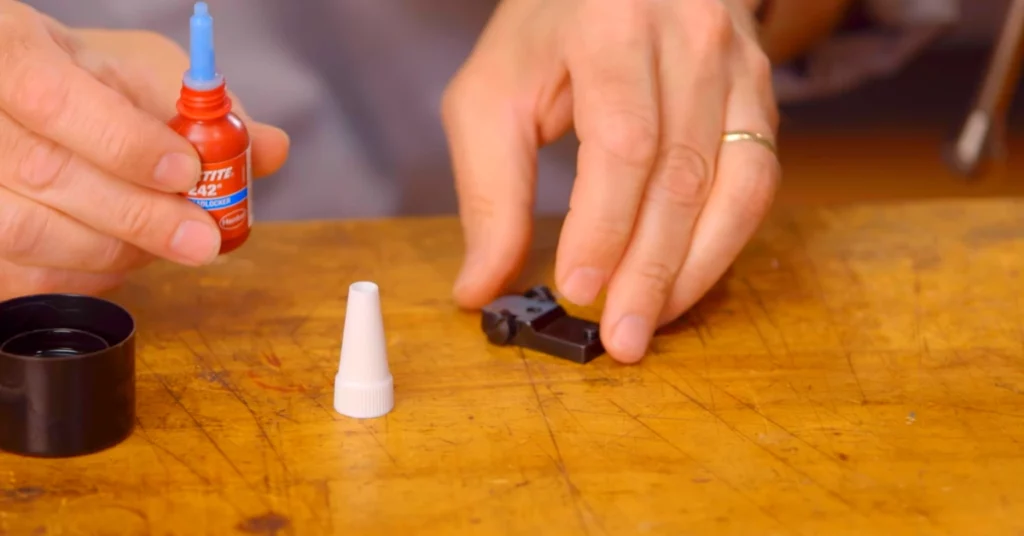
Differences Between Loctite 248 And 242
Now let’s examine the differences between Loctite 248 and 242.
Available Form
Loctite 248 comes in a stick form and has a semi-solid appearance, like wax. Since it comes in a stick applicator, you can use it for components where a liquid threadlocker has the risk of being too fluid to apply, or you might have difficulty applying.
On the other hand, Loctite 242 is a liquid threadlocker that comes in Blue. The 242 is a medium-viscosity, thixotropic adhesive which prevents fluid migration after application. You can get the 242 in various sizes of tubes and bottles.
Ideal Sizes of Fasteners
You can use Loctite 248 for various sizes of nuts and bolts. The 248 is suitable for 3/8 * 16 and M10 bolts and nuts.
You can also use the 242 for various sizes of nuts and bolts, and the 242 is suitable for fasteners from 6 mm to 19 mm. You can use the 242 for 3/8 * 16 and M10 bolts and nuts.
Fixture and Cure Time
Loctite 248 has a fixture time of 5 minutes, and a complete cure takes around 24 hours.
On the other hand, the 242 has a fixture time ranging from 5 to 20 minutes, with a complete cure taking up to 24 hours.
Read More: Loctite 638 vs. 648
What is Loctite 248 used for?
Loctite 248 is a medium-strength, high-temperature resistant threadlocker adhesive used for locking and sealing threaded fasteners. This prevents loosening due to vibration and thermal expansion and is particularly suited for use on stainless steel and plated surfaces.
How strong is Loctite 248?
Loctite 248 is a medium-strength threadlocker. It provides a secure and permanent bond for threaded fasteners, and is designed to withstand moderate levels of vibration and thermal expansion. The strength of the bond can be adjusted by the size of the gap between the threaded parts and the amount of material applied.
How long does Loctite 248 take to set?
The setting time of Loctite 248 depends on various factors such as temperature, humidity, and the size of the gap between the threaded parts. It usually takes 24 hours to reach full strength at room temperature (25°C). However, under normal conditions, it provides a strong enough bond for most applications within 10 minutes to an hour after application. It’s always recommended to consult the manufacturer’s technical data sheet for specific information and recommended cure time for your specific application.
Last Opinion
So, in the debate of Loctite 248 vs. 242, which one should you side with and why? Both adhesives are blue-colored, medium-strength threadlocker suitable for similar purposes, have a matching fixture and cure time, and are ideal for similar sizes of nuts.
You can go for the 248 if you’re looking for a non-liquid threadlocker since it’s available as a stick with wax-like consistency. You can go for the 242 if you work with a liquid, medium-strength threadlocker.

